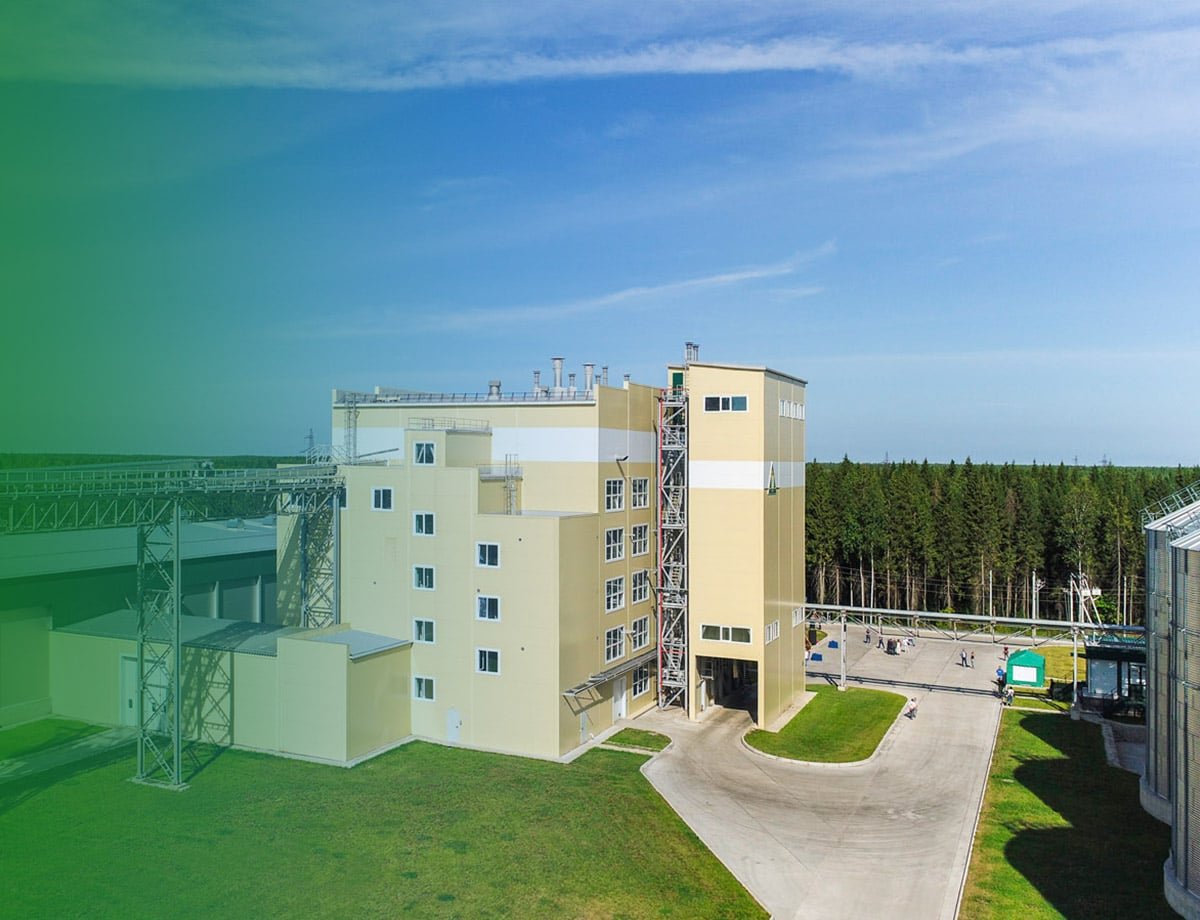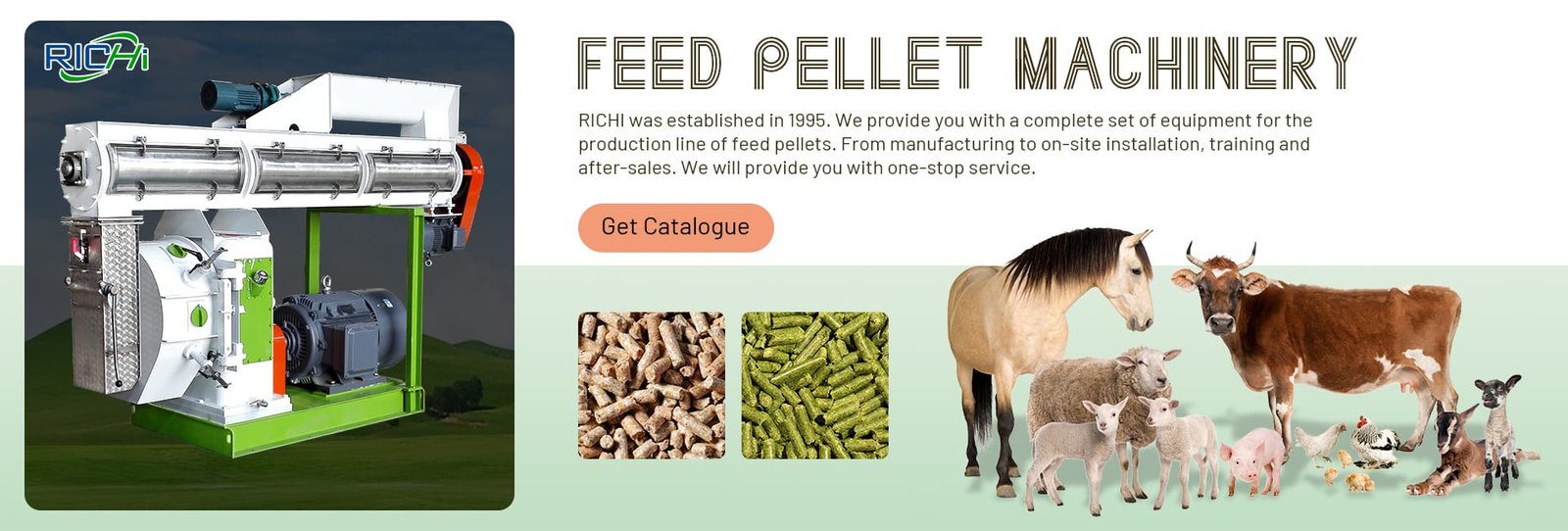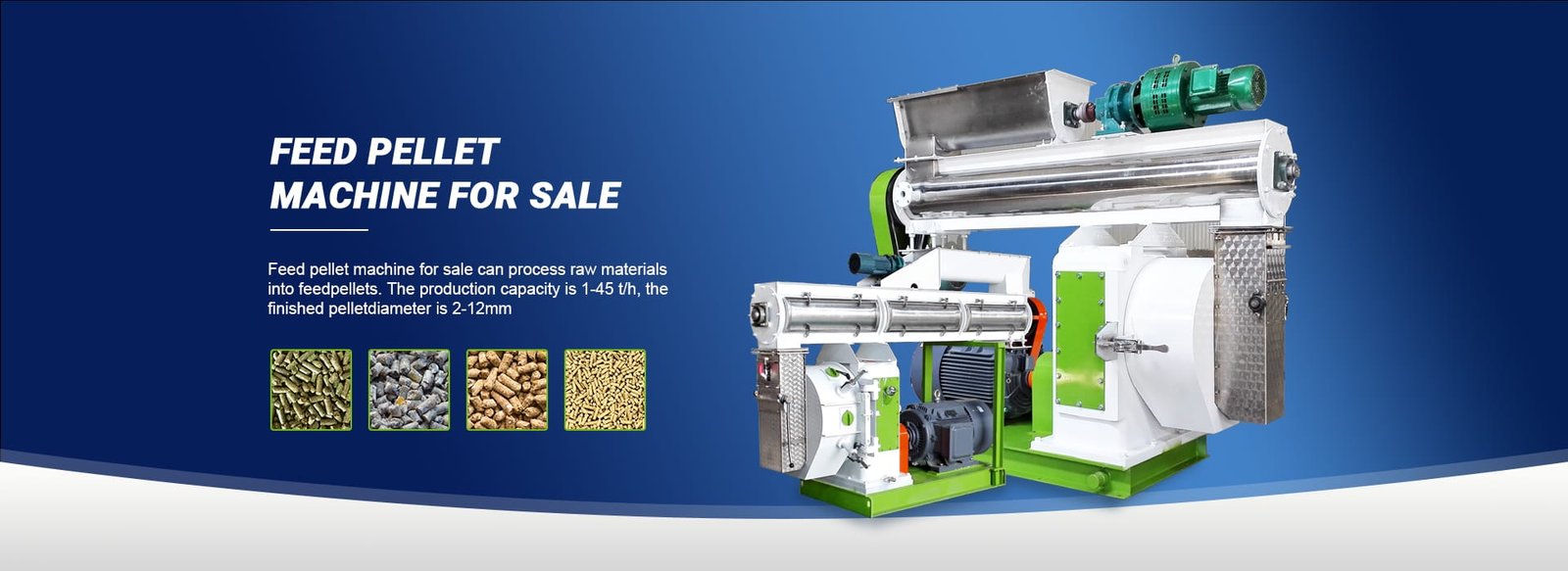In the ever-evolving landscape of global food production, the livestock industry plays a vital role in meeting the world’s growing demand for animal-based proteins. However, this industry also faces significant challenges, including the need for efficient and sustainable feed production. Enter cattle feed plant projects, specialized facilities designed to manufacture high-quality, nutritionally balanced feed for cattle, ensuring the long-term viability and growth of the livestock sector.
The Importance of the Livestock Industry
The livestock industry is a crucial component of the global food system, providing a significant source of protein, dairy products, and other essential nutrients for millions of people worldwide. The importance of this industry cannot be overstated, as it contributes to:
- Food Security: Animal-based proteins are an essential part of a balanced diet, and the livestock industry plays a crucial role in ensuring a consistent supply of these vital nutrients.
- Economic Development: The livestock sector creates employment opportunities and contributes to the economic growth of rural and agricultural communities, supporting livelihoods and promoting sustainable development.
- Resource Utilization: Livestock production can utilize agricultural by-products and waste materials, contributing to a circular economy and reducing waste disposal challenges.
- Cultural Significance: In many regions, livestock production is deeply rooted in cultural traditions and plays a significant role in the social fabric of communities.
As the global population continues to grow and dietary preferences shift towards more protein-rich diets, the demand for livestock products is expected to rise, underscoring the importance of efficient and sustainable cattle feed production.
The Role of Cattle Feed Plant Projects
Cattle feed plant projects play a pivotal role in supporting the growth and development of the livestock industry. These specialized facilities are designed to manufacture cattle feed that meets the specific nutritional requirements of different cattle breeds, life stages, and production systems, ensuring optimal growth, health, and productivity. The benefits of investing in cattle feed plant projects include:
- Consistent Feed Quality: Cattle feed plant projects utilize advanced technologies and quality control measures to produce feed with consistent nutrient profiles, ensuring optimal cattle growth and health.
- Customized Formulations: These facilities can manufacture feed formulations tailored to the specific nutritional needs of different cattle breeds, life stages, and production systems, optimizing performance and efficiency.
- Efficient Production: Modern cattle feed plants are designed for efficient and cost-effective production, leveraging automation and process optimization to maximize output and minimize waste.
- Sustainability: Cattle feed plant projects can incorporate sustainable practices, such as the use of alternative protein sources, waste reduction strategies, and energy-efficient technologies, promoting environmental responsibility within the livestock industry.
- Economic Opportunities: Investing in cattle feed plant projects can create employment opportunities, stimulate local economies, and contribute to the overall growth and development of the livestock sector.
Key Components of a Cattle Feed Plant Project
A successful cattle feed plant project requires careful planning, execution, and integration of various components to ensure efficient and sustainable operations. The key components of a typical cattle feed plant project include:
- Raw Material Handling and Storage: Facilities for receiving, storing, and handling raw materials such as grains, oilseeds, protein sources, and additives are essential for ensuring a consistent supply of high-quality ingredients.
- Grinding and Mixing: Advanced grinding and mixing equipment is necessary to achieve the desired particle size and homogeneous distribution of ingredients in the feed formulation.
- Pelleting and Extrusion: Pelleting and extrusion systems are crucial for producing high-quality, durable feed pellets or cubes that can withstand handling, storage, and transportation without compromising nutritional value.
- Drying and Cooling: Efficient drying and cooling systems are required to remove excess moisture from the feed products, ensuring their stability and prolonging their shelf life.
- Quality Control and Testing: Comprehensive quality control measures, including laboratory testing and analysis, are essential to ensure that the final feed product meets stringent nutritional and safety standards.
- Packaging and Storage: Appropriate packaging and storage facilities are necessary to maintain the quality and integrity of the feed during transportation and distribution.
- Auxiliary Systems: Cattle feed plant projects also require auxiliary systems such as material handling equipment, dust collection systems, process control systems, and utilities to ensure efficient and safe operations.
- Project Management and Support Services: Successful cattle feed plant projects often involve collaboration with experienced engineering and consulting firms, providing expertise in project planning, design, construction, commissioning, and ongoing support.
Related post: https://www.richipelletmachine.com/cattle-feed-plant-project/
Factors Influencing Cattle Feed Plant Project Success
The success of a cattle feed plant project is influenced by several critical factors, including:
- Market Analysis and Demand Forecasting: Conducting thorough market research and demand forecasting is essential to ensure that the project aligns with the current and future needs of the livestock industry.
- Raw Material Sourcing and Supply Chain Management: Securing a reliable and cost-effective supply of high-quality raw materials is crucial for consistent feed production and profitability.
- Technology and Automation: Investing in advanced technologies and automation systems can enhance production efficiency, reduce labor costs, and improve product quality and consistency.
- Energy Efficiency and Sustainability: Incorporating energy-efficient technologies and sustainable practices can reduce operational costs and minimize the environmental impact of the cattle feed plant project.
- Regulatory Compliance: Ensuring compliance with relevant regulations and standards related to feed safety, quality, and environmental protection is essential for the long-term viability of the project.
- Skilled Workforce and Training: Employing a skilled and well-trained workforce is crucial for the efficient operation and maintenance of the cattle feed plant facility.
- Project Management and Risk Mitigation: Effective project management, risk assessment, and mitigation strategies are essential for ensuring timely completion, cost control, and successful implementation of the cattle feed plant project.
Opportunities and Future Outlook
As the global demand for livestock products continues to rise, the cattle feed industry is poised for significant growth, creating numerous opportunities for cattle feed plant projects. The future outlook for this sector is promising, driven by factors such as:
- Increasing Livestock Production: The growing global population and rising demand for animal-based proteins are expected to drive the expansion of livestock operations, consequently increasing the demand for high-quality cattle feed.
- Technological Advancements: Ongoing research and development in areas such as feed formulation, ingredient optimization, and production processes will contribute to the development of more efficient and sustainable cattle feed products.
- Sustainable Practices: The adoption of sustainable practices, such as the use of alternative protein sources, waste reduction strategies, and renewable energy sources, will become increasingly important in the cattle feed industry.
- Precision Livestock Farming: The integration of precision livestock farming techniques, including individualized feeding strategies and real-time monitoring, will drive the need for specialized cattle feed formulations tailored to specific production systems and animal requirements.
- International Collaboration and Investment: Increased international collaboration and investment in the livestock sector will drive the development of new cattle feed plant projects, fostering economic growth and technological advancements.
In conclusion, cattle feed pellet plant projects play a crucial role in supporting the growth and sustainability of the livestock industry. By investing in these specialized facilities, stakeholders can contribute to meeting the rising global demand for animal-based proteins while promoting sustainable practices and economic development. As the world continues to recognize the importance of livestock production in ensuring food security and environmental stewardship, cattle feed plant projects will remain at the forefront of this vital industry, fueling its growth and driving innovation for a more sustainable future.










